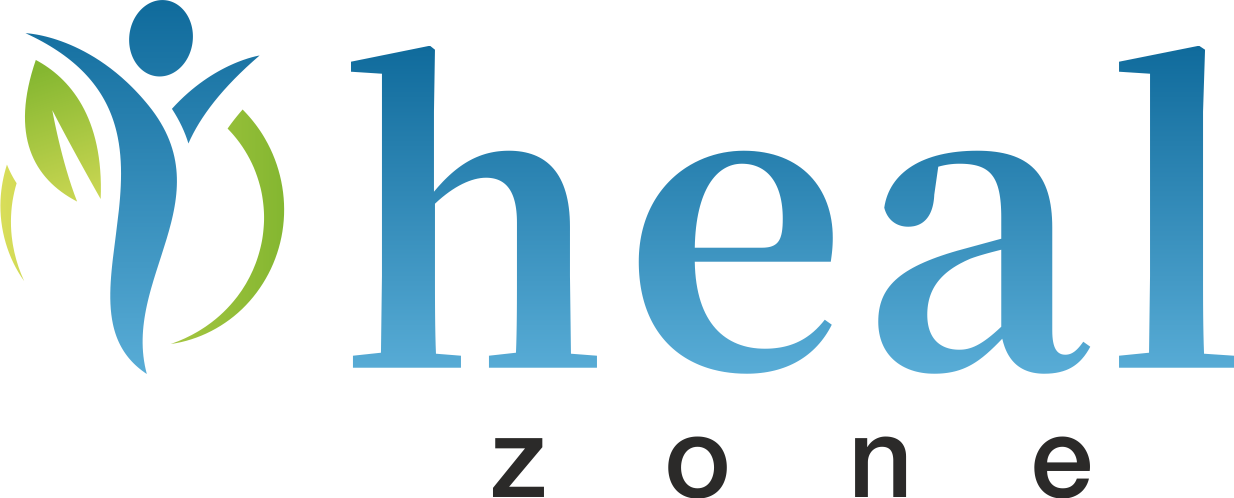Rhinoplasty, commonly known as a “nose job,” is a widely sought-after cosmetic procedure designed to improve both the appearance and function of the nose. Although the results are often remarkable, it’s essential to understand that a smooth recovery is key to achieving the best possible outcome.
At Heal Zone, a leading name in medical tourism, we place a strong focus on ensuring that patients not only receive excellent care but also have access to all the information they need to recover quickly and effectively. In this guide, we’ll walk you through the stages of rhinoplasty recovery and offer expert tips for a faster, smoother healing process.
Rhinoplasty Recovery Time: A Timeline
The recovery time after rhinoplasty differs from person to person, but most patients can expect the entire healing process to take between 1 and 3 months. That said, the most significant swelling and discomfort generally occur in the first couple of weeks. Here’s a breakdown of what you can anticipate during each phase:
1. The First Week: Initial Healing
During the first week post-surgery, you will experience the most intense part of your recovery. Here’s what to expect:
- Swelling and Bruising: Significant swelling around the nose and under the eyes is very common, and bruising may peak within the first few days but should start to diminish by the end of the week.
- Nasal Congestion: Breathing through your nose may feel difficult due to internal swelling and any nasal packing used.
- Bandages and Splints: Most patients will have a nasal splint and possibly some external bandages to protect the nose.
Recovery Tips:
- Keep your head elevated to minimize swelling.
- Apply cold compresses to help reduce bruising and ease discomfort.
- Refrain from blowing your nose or engaging in any strenuous activities.
2. Weeks 2 and 3: Early Stages of Healing
.jpg)
By the second and third weeks, you’ll notice that much of the visible swelling and bruising has subsided. However, you will still need to take care as your nose continues to heal:
- Splint Removal: If a splint was used, it’s typically removed around day 7 to 10.
- Residual Swelling: While most of the major swelling will have gone down, you may still notice some lingering puffiness, particularly around the nasal tip.
- Resuming Light Activities: Many patients feel comfortable returning to work or daily activities around this time, although heavy physical exertion should still be avoided.
Recovery Tips:
- Be gentle with your facial care routine, avoiding direct pressure on the nose.
- Avoid sun exposure, as UV rays can worsen swelling.
- Continue following your surgeon’s guidelines carefully.
3. One Month Post-Op: Visible Progress
By the time you reach the one-month mark, you’ll likely start to see noticeable improvements in the shape of your nose. Swelling will continue to reduce, though subtle changes may still occur as your nose heals.
- Noticeable Shape Changes: You’ll start to see your nose’s new contours, although some swelling, especially in the nasal tip, can persist.
- Breathing Relief: The congestion you may have experienced earlier should begin to subside as internal swelling decreases.
Recovery Tips:
- Light activities, such as walking, are generally safe, but avoid any vigorous exercise.
- Protect your skin with sunscreen if you spend time outdoors.
4. Months 2 and 3: Approaching Full Recovery
At two to three months, the majority of the swelling will have subsided, and the final shape of your nose will become more apparent.
- Shape Refinement: You’ll have a clearer idea of the final result, though slight swelling at the tip may still remain.
- Breathing Improvement: If you had difficulty breathing before due to internal swelling, this should largely be resolved by now.
Recovery Tips:
- Ease back into more strenuous activities if approved by your surgeon.
- Continue attending follow-up appointments to monitor your progress.
Final Healing (6 to 12 Months)
Although most patients feel fully recovered after three months, it’s important to remember that the final results of rhinoplasty can take up to a year to become fully visible. During this time, subtle refinements will continue as the tissues settle.
Key Factors That Impact Rhinoplasty Recovery Time
Several variables can influence your rhinoplasty recovery experience, including:
- Surgical Technique: Open rhinoplasty may take longer to heal compared to closed rhinoplasty due to the nature of the incisions.
- Individual Healing Response: Factors such as age, skin thickness, and general health can affect how quickly your body recovers.
- Post-Operative Care: Following your surgeon’s advice is critical to avoiding complications and speeding up your recovery.
- Lifestyle Choices: Healthy habits, such as avoiding smoking and maintaining good nutrition, can promote faster healing.
Expert Tips for Accelerating Your Rhinoplasty Recovery
.jpg)
For the best possible recovery, here are some expert-recommended tips:
1. Follow Your Surgeon’s Instructions Closely
It’s essential to adhere to your surgeon’s post-operative care plan. This includes taking any prescribed medications, avoiding certain activities, and attending follow-up appointments.
2. Manage Swelling Proactively
Swelling is a normal part of recovery, but you can help minimize it by:
- Keeping your head elevated, even while sleeping.
- Applying cold compresses to reduce inflammation in the first few days.
- Limiting salty foods, as they can cause your body to retain fluids and exacerbate swelling.
3. Stay Hydrated and Eat Well
Adequate hydration and proper nutrition can accelerate the healing process.Focus on:
- Drinking enough water throughout the day.
- Consuming nutrient-rich foods, particularly those high in vitamins A and C, which support tissue repair.
4. Avoid Smoking and Alcohol
Both smoking and drinking alcohol can hinder your body’s ability to heal. It’s best to avoid these substances entirely during your recovery period.
5. Protect Your Nose
Your nose is particularly delicate during the recovery period, so avoid any activities that could cause trauma, such as contact sports or crowded environments. Additionally, take care when sleeping to avoid putting pressure on your nose.
Conclusion
Rhinoplasty recovery requires patience, but following the right post-op care practices can make a significant difference in how quickly and comfortably you heal. By following the tips outlined in this guide, you can ensure a smooth recovery process and enjoy your new look as soon as possible.
At Heal Zone, we are dedicated to providing our patients with expert support and care throughout their rhinoplasty journey. Whether you’re just starting your recovery or seeking advice on how to manage the healing process, our team is here to assist you every step of the way.
 Translate
Translate
 English
English  العربية
العربية  Русский
Русский  বাংলা
বাংলা 

